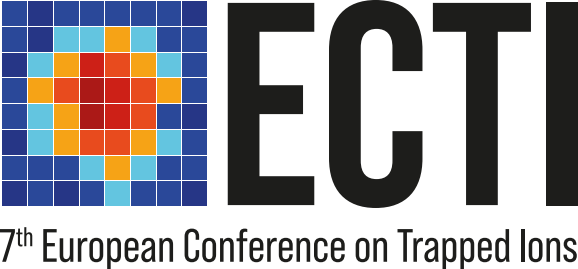Speaker
Description
Optical atomic clocks based on a single aluminium ion reach a record fractional frequency stability below $10^{-18}$. This outstanding precision allows for applications like relativistic geodesy on the cm-level and helps to tighten the bounds for physics beyond the standard model. Here, we present the newest results of the aluminium ion clock with an systematic uncertainty of $1.1\times10^{-18}$. This uncertainty is estimated using calcium as a sensor. Besides mapping out the environment of the ion, calcium is also used for cooling and readout of the aluminium clock state. This is necessary since cooling and detection of aluminium at its cooling transition at $167\,$nm is not feasible. The employed quantum logic readout needs two narrow line laser at $1069\,$nm and $729\,$nm. We stabilise both laser onto one reference cavity with a dual wavelength coating. Here, we present the characterisation of this resonator with emphasis on the cross correlation between the lasers. The cavity shows a relative frequency stability of the $729\,$nm laser of $1\times10^{-14}$ and for the $1069\,$nm laser of $4\times10^{-15}$. Besides the stability of the resonator, we show first stability measurements of the aluminium clock by measuring it against the silicon cavity at PTB.

